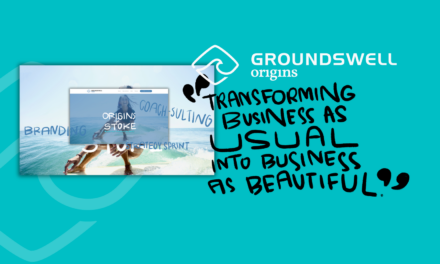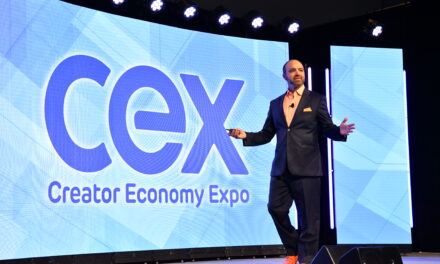In many ways, Pinterest is the little social media site that could. In 2016, the company reported it had 150 million monthly active users—the vast majority of whom are female. Compare that to Facebook, which reported 1.79 billion monthly active users in 2016. Despite those lopsided numbers, Pinterest blows Facebook—and all the other social media sites—out of the water when it comes to online shoppers. According to the 2016 “Internet Trends” report, 55% of online shoppers prefer Pinterest when it comes to finding or shopping for products. Smart publishers and brands will pay attention to this.
A recent issue included commentary by Jill Finger Gibson on the future of contextual commerce—or “shoppable content.” In it, she says, “For example, Pinterest has a service in which users can purchase products without having to leave the platform. ‘Buyable pins’ make items in more than 60 million pins available. Snapchat and Hearst recently announced plans to offer shopping opportunities on Sweet, their joint Snapchat channel.”
The way we monetize content is changing. Publishers are getting creative. For years, they’ve helped brands sell their products by incorporating their ads, getting a flat fee for their troubles. Brands didn’t pay more when an ad actually helped make a sale. But shoppable content could help change that. If someone sees a product he or she loves in a review on your site or in a story on your blog, why shouldn’t you get a commission when that reader goes on to buy that product?
Many bloggers and podcasters have already put this idea into practice with the help of Amazon. One of my favorite podcasts is Crime Writers On…, and each episode includes one of the hosts reading a list of the more comical items purchased through the Amazon link on its website. The podcast gets a piece of the pie whenever someone uses the link to its site to buy products from Amazon. Bloggers can include special links to products they write about on their sites, and if a reader uses the link to buy from Amazon, the bloggers see a commission. This is a simplified version of a much bigger picture.
Amazon has found a way to let the little guys participate in the shoppable content boom, but big publishers can’t necessarily—or don’t want to—rely on Amazon and share profits. If you’re thinking about going it alone, there is a lot to consider. As Gibson points out, buyers need to feel confident that their payment information is secure (although PayPal can probably help with that). Logistics and fulfillment are a tougher challenge. You’re a publisher, not some combination of Target and UPS. Having partners that can take care of these details is imperative to a good customer experience.
Many consumer-facing publishing brands are already thinking about these new revenue streams—and the questions that go along with them. But what about B2B publishers? Imagine if Staples partnered with a magazine for office managers or HR professionals. What if Napa Auto Parts hooked up with a magazine for mechanics? Home Depot with a website aimed at contractors?
Perhaps the biggest challenge for publishers will be reimagining the customer’s entire journey from the minute he or she shows up on a website to read about the latest IKEA chairs or fashion line from Gap, then clicks on a buyable item and eventually completes the purchase process (maybe even deciding to return the item). As Gibson writes, “Here’s an example: You buy a sweater via a bot on Facebook’s Messenger. When it arrives, you try it on and discover you need a larger size. Where do you turn? Do you go back to the Messenger-based bot—and will that bot be able to walk you through the steps for a return?”
Gibson is mostly talking about brands selling via social media, but as a publisher, you’ll need to consider all of these same questions and decide whether that revenue stream is worth it. Whatever you decide, it’s definitely something to think about.






